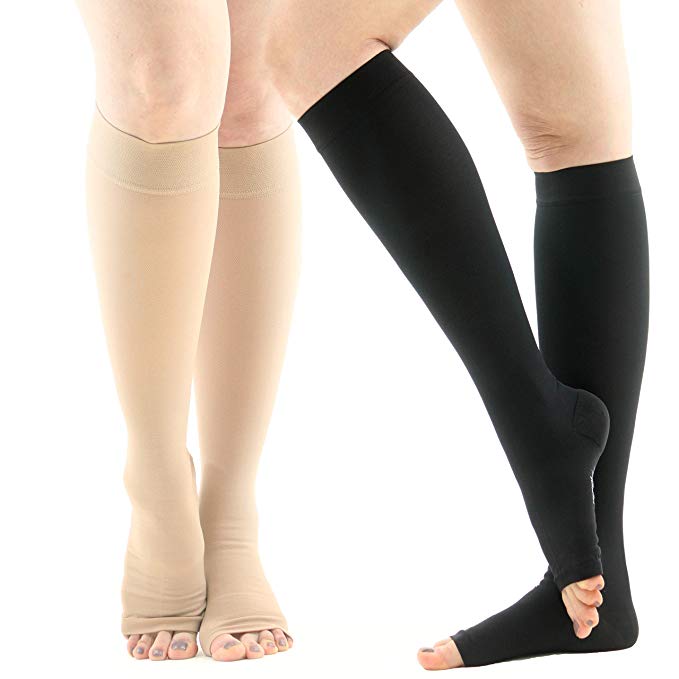
All this while when you were reading over 20 or 30 articles related to compression socks, doing as much research as you can about what compression socks do and the benefits or side effects of wearing them, you might find yourself land on the ultimate question
What Kind of Compression Socks do I Need?
“What kind of compression socks should I go for?” While compression socks are categorized into several pressure levels that treat and prevent different diseases, it’s not all that complicated to decide what kind of compression socks you would need on your own. Unless you are diagnosed with certain diseases that would require a doctor’s authorization to wear compression socks. So, let’s get you started with some basics and how wearing them can impact the wellness of your health.
What Is the Difference Between Compression Socks and Common Socks?
Everything except for how they look, essentially.
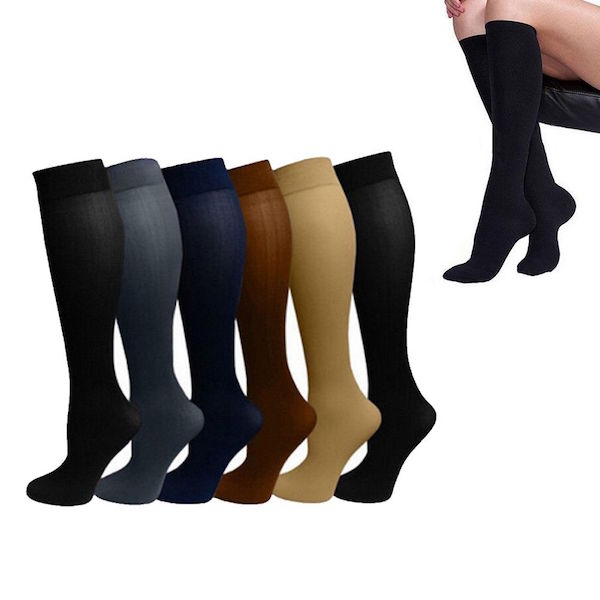
Compression socks are medical devices created and developed specifically to combat diseases caused by poor blood circulations on the lower limbs. The number one reason that causes poor blood circulations on the lower limbs is prolonged standing or sitting.
Although compression socks and common socks look very similar, they function under very different principals. Compression socks gently apply graduated compression pressures while wrapping your legs and ankles, and that helps promote blood to flow back to your heart against the gravity.
What Are They Made Of?

The most common materials used to manufacture compression socks or stockings would be rubber, spandex/Lycra, cotton, microfiber. Merino wools are also used by manufacturers when producing compression socks but they are labeled as the higher-end products on the market. This information is particularly important for this topic because you could be allergic to certain material used in manufacturing compression socks. So, to avoid triggering potential allergic reactions, be sure to check the labels upon purchasing them at a pharmacy or the store and also read the product details if you are purchasing them online.
Variations of Compression Socks

Among all the other styles and lengths of compression wears, like knee high, thigh high, compression tubes, open-toe, closed-toe, etc, the most common types would be knee high and thigh-high compression socks as these two serve the widest audience. Sheer compression stockings are great alternatives for women too while compression sleeves are great alternatives for men, especially sports enthusiasts, so take that into consideration.
Popular Articles on ComproGear
Wide Calf Compression Socks Light Compression Socks for Large Calves
What Level of Compression Socks Do I Need Compression Sock Ratings
How to Buy Compression Socks Buying Compression Stockings
What Do They Do?
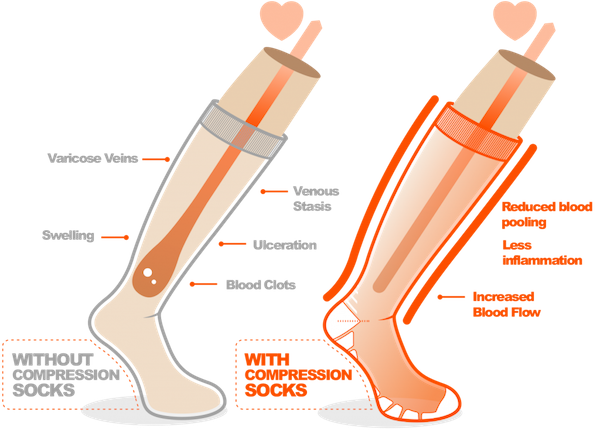
Compression socks apply longitudinal pressure on your calves and feet with the function to effectively alleviate or improve the pressure on the lower limb veins and venous valves and also to accelerate blood circulation upwards to prevent blood clots and act as decompression to treat a variety of diseases associated with poor blood circulations on the lower extremities. The most common diseases, in this case, would be varicose veins and venous reflux disease.
What Diseases Do They Treat and Prevent?
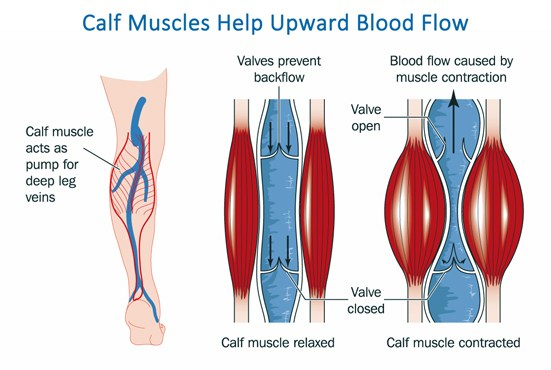
- Varicose Veins
- Edema
- Venous Reflux Disease
- Deep Vein Thrombosis
- Lymphedema
- Phlebitis
- Lipodermatosclerosis
Who Are Compression Socks For?
Almost everyone
This is a pretty tricky question because compression socks could be for anyone these days. Mainly because of the purpose compression socks serve, which is to combat poor blood circulation on the lower extremities due to extended hours of standing and sitting on a daily basis. If you think about it, who doesn’t these days?

I am trying to comb through occupations that don’t require extended hours of standing and sitting these days and I’ve basically come up empty. Well, except for Olympic swimmers I guess. The most common jobs these days would be people sitting on their laptops in the office for at least 8 hours a day. That makes you and me, very likely. Other than office jobs, people that work as nurses, doctors, security guards, teachers, policemen, athletes, chefs, flight attendants, waiters, etc, the list of occupations that require long hours of standing and sitting can go on forever as far as I’m concern. So, compression socks essentially are for everyone and anyone that want to relieve aching on the legs and feet.

1. Other than wearing them to relieve mild swellings and aching of the legs for ordinary use, compression socks are great for pregnant women during the third trimester to prevent varicose vein thrombosis of lower limbs after delivery.

2. They are also great for bedridden patients due to limited mobility. Compression socks can help prevent deep vein thrombosis and restore functions of the lower extremity, especially after a venous surgery.
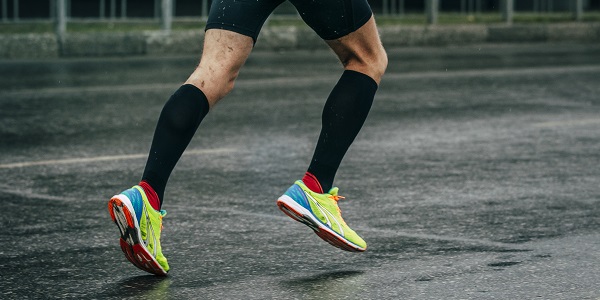
3. Compression socks are great choices for athletes or sports enthusiasts too to help increase venous velocity and alleviate delayed-onset muscle soreness.

4. They can help promote better blood circulation for people with obesity due to high levels of blood cholesterol and excessive weight that make it difficult for the venous blood to flow back to the heart.

5. Last but not least, compression socks are great for frequent travelers that travel frequently to combat Economy Flight Syndrome.
So, you might think, with all this information on what compression socks treat and prevent, for who and whatnot. How do I decide which one to go for? There is a final piece of information you need before you can properly make a decision.
Compression Level Guide
Compression socks and other compression wears like compression stockings or compression sleeves, etc, typically come in four standard compression levels. They are measured in “mmHg”, which stands for “millimeters of mercury”. It is also the measurement unit used in measuring blood pressure.
Each compression level addresses the varying degree of symptoms and severity of the condition. Compression levels are indicated with a range of numbers like “20-30 mmHg”, which means that the amount of compression will not fall below 20 mmHg and not exceed 30mmHg.
Over the Counter
15-20 mmHg
- For the prevention and relief of minor to moderate varicose and spider veins
- Helps relieve tired, aching legs, and minor swelling of feet, ankles, and legs
- Helps prevent varicose veins and spider veins during pregnancy
- Helps prevent Deep Veins Thrombosis, also known as Economy Class Syndrome
- Used in post-sclerotherapy treatment to help prevent the reappearance of varicose veins and spider veins
- Ideal compression level used for those traveling long distances
This low compression level is suitable for everyday wear for everyone out there to help with mild swelling and fatigued legs due to long periods of standing, sitting and traveling. It is a popular choice as a barrier to entry and is recommended if you are trying it for the first time for ordinary daily use.
Medical Grade Class I
20-30 mmHg
- Helps prevent and relieve moderate to severe varicose veins (also during pregnancy)
- For post-surgical and post sclerotherapy treatment to help prevent the reappearance of varicose and spider veins
- Helps in the treatment of moderate to severe edema or lymphatic edema
- Helps with the management of active ulcers and manifestations of Post-Thrombotic Syndromes
- Helps relieve superficial thrombophlebitis
- Helps prevent Orthostatic Hypotension (or Postural Hypotension)
- Helps prevent Deep Vein Thrombosis, also known as Economy Class Syndrome
The 20-30 mmHg level of compression is the first medical-grade compression. It’s the most widely used medical-grade because it provides competent compression to your legs without being too strong, This level is suitable for varicose veins patients, patients that are recovering from venous surgery and also pregnant women during the third trimester.
Medical Grade Class II
30-40 mmHg
- Helps prevent and relieve severe varicose veins
- Used in the treatment of severe edema and lymphedema
- Used in post-surgical and post sclerotherapy treatment to help prevent the reappearance of varicose and spider veins
- Helps reduce the symptoms of Orthostatic Hypotension (or Post-Thrombotic Syndrome)
- For the management of Venous Ulcers and manifestations of Post-Thrombotic Syndrome
- Prevent Depp Vein Thrombosis, also known as Economy Class Syndrome
The 30-40 mmHg level of compression is a stronger medical grade class II that is recommended for moderate to severe leg health symptoms. It is great for patients with lymphedema, severe varicose veins, venous reflux disease, and deep vein thrombosis.
Medical Grade Class III
40-50 mmHg
- Acute leg/Ankle swelling
- Varicose veins
- Chronic vein insufficiency
- Deep Vein Thrombosis
The 40-50 mmHg level of compression provides the strongest compression level and it is not for ordinary use. It is best to consult a doctor before considering this level of compression. This level of compression is generally indicated for severe venous stasis, wound management, lymphedema.
What Kinds of Compression Socks Do You Need?

Now, we have arrived at the core question. What kind of compression socks do you need exactly? First of all, the length of the compression socks is completely up to you to decide which one you would feel more comfortable in simply because no matter the lengths, they all serve the same purpose. Choose the one that is suitable for your day-to-day activities and you are good to go.
So, the more important question would actually be, “What compression level should I go for?” Getting a prescription from a doctor would be the most direct and effective. Otherwise, read the compression level guide wisely to determine which one suits you best if you are going for self-prescription. As always, I hope this article shines some light on what type of compression socks you should go for.
This page last updated July 26, 2022
